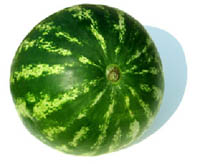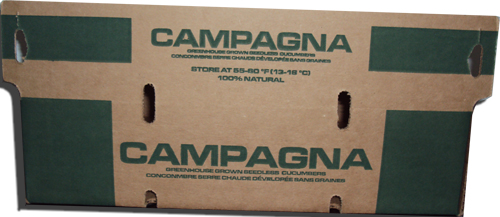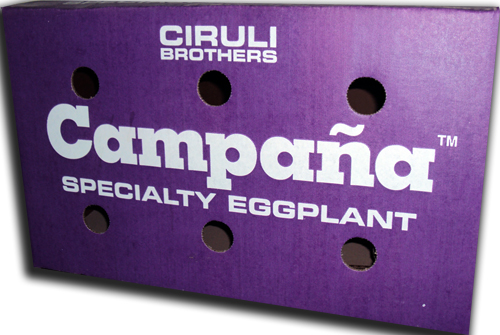EGGPLANT
1.-PRODUCT DESCRIPTION
Eggplant (Solanum melongena) is an annual plant of the Solanum genre in the Solanaceae family, according to the belief, the name comes from the persian word بادنجان bādinyān, which later passed to Arabic with a very slight variation, باذنجان bādhinyān, and from there to Spanish
The eggplant (Solanum melongena) is a vegetable of great importance in Sinaloa, intended mainly for the export market. The main types of eggplant produced are the ‘Classic’ with over 70% of the total eggplants, followed by the ‘Chinese’ with 20% and the rest is distributed in the types ‘Italian’, Hindi’ and ‘Japanese’. The marketing of this vegetable demands fruits with a certain level of maturity, which is classified by sizes (# of fruits per box), good color, freshness and the calyx, firmness and absence of diseases. Pre and postharvest play a major role in quality and shelf life of the fruits. Adequate temperature and relative humidity conditions during storage are essential to maintain the quality of the fruits.
NAMES IN ASIA FOR EGGPLANT
chieh tse, ai qwa, chan che zu, hon pee choi, ngai kwa, qie ziChina: chieh EET temporary Qwa, zu che chan, affection urinating Choi, Ngai kwa, qie zi
badanjan, baingan, baingun, bangai, bangain, bhanta, brinjalIndia: badanjan, baingan, baingun, bangai, bangain, bhanta, Brinjal
terongIndonesia: terong
nasubiJapan: nasubi
terungMalasia: terung
talongFilipinas: talong
wam batuSri Lanka: WAM Batu
ma khuea yaao, mackhera, makhua terungm makuaThailand: ma khuea yaao, mackhera, makhua terungm Makua
ca timVietnam: Tim ca
Fruit
The fruit, edible, is a berry of 5 -30 cm (1.96 – 11.81 in) in length spherical, oblong or elongated in most cases, with a smooth, bright skin, and of different colors depending on the variety, the most common is the color purple when mature, there is white, purple, black, yellow and red or of mixed colors, especially white, purple and green. The pulp is consistent, of spongy texture, white, it has a certain bitter taste, presents small yellow seeds. It is found all year round, because it is grown at a low temperature season in the greenhouse.
In the skin of the fruit have been identified anthocyanins (flavonoids), pigments that give it the color purple.
Its preservation should be in a cool place until consumption, and should be consumed as soon as possible (it holds just over ten days); since the fruit soon develops brown spots and begins to sour.
|
|
|
Its energetic and nutritional value is small compared to other fruits and vegetables. It is low in vitamins, hydrocarbons, proteins and minerals, being the major component in its water weight, in a 92% of its composition. The most abundant mineral is potassium and small amounts of phosphorus, calcium, magnesium and iron. It has vitaminsA, B1, B2, B3, C and folates.
It is of medium fiber content but distributed mostly in skin and seeds. Its caloric content is almost nonexistent.
Eggplants contain substances such as amines (serotonins and tyramines) that, in some sensitive people, may cause allergic reactions with headaches.
|
DISPONIBILIDAD |
|||||
|
ENE |
FEB |
MAR |
ABRIL |
MAYO |
JUNIO |
|
X |
X |
X |
X |
X |
|
|
JULIO |
AGO |
SEPT |
OCT |
NOV |
DEC |
|
|
|
|
|
X |
X |
2. - NATURE
Bulk Fresh
3. - PRESENTATION AND PACKING
Packed mainly in waxed carton of 1 1/6 Bushel and palletized in 7 pallets of 7 runs high.
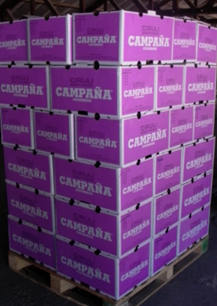
4.-SHELF LIFE
The shelf life of the Chinese and Italian Eggplant, like that of most fruits and vegetables, depend heavily of a proper pre-cooling and that the cold chain does not break, when conditions are right the Chinese Eggplant can have a maximum shelf life of just over 10 days.
5. - WHERE WILL IT BE SOLD AND WHAT USE WILL IT BE GIVEN
The Chinese Eggplant is marketed mainly in THE UNITED STATES OF AMERICA, and also in CANADA, this is a food product and it is used for food, widely used for salads and other Asian foods.
6.-LABEL DIRECTIONS
Keep refrigerated (50o) F
7.-CONTROLS DURING DISTRIBUTION
During the time of distribution, the product must be stored at a regulated temperature between (50o) F, if the temperature is too low, there is a risk of skin marks by freezing, and if it is too high, the product will lose moisture and will lose stiffness and that shiny presentation in the skin.
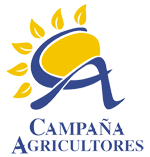

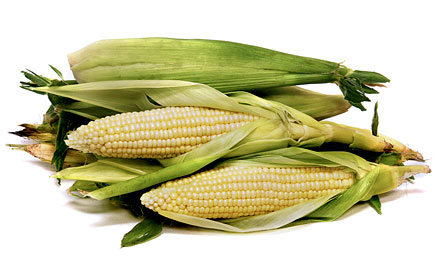 CORN
CORN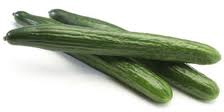 CUCUMBER
CUCUMBER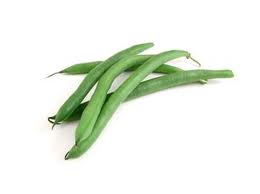
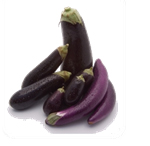 EGGPLANT
EGGPLANT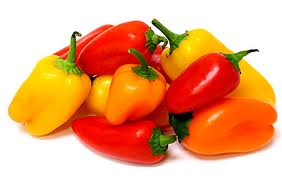 MINIBELL
MINIBELL